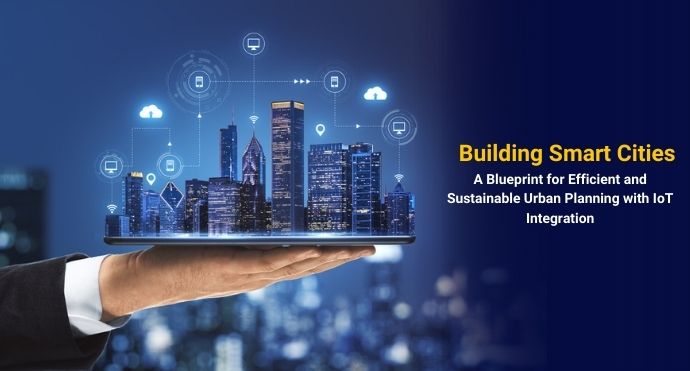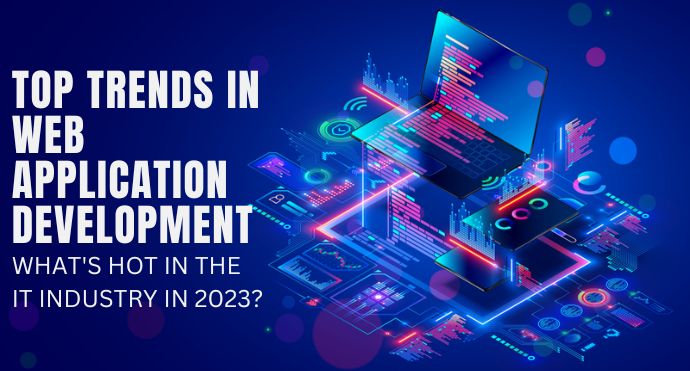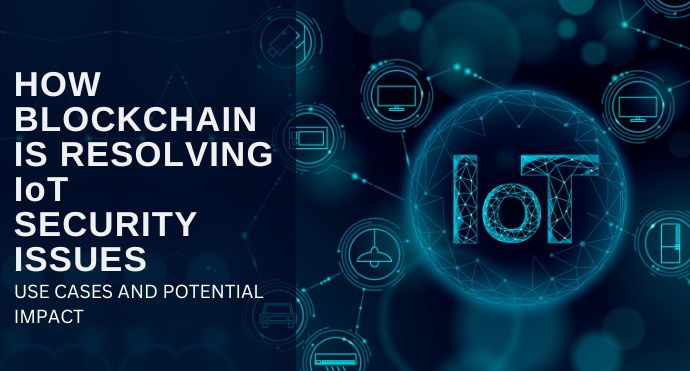In our ever-evolving world, the rapid growth of urbanization poses numerous challenges for cities and their residents. In the quest for more efficient and sustainable urban living, the integration of the Internet of Things (IoT) has emerged as a transformative solution.
The number of connected devices in smart cities is expected to reach 26.6 billion by 2025. This means that there will be more connected devices in cities than people. These devices are collecting a vast amount of data that can be used to improve efficiency and sustainability in a variety of areas.
This blog explores how cities are embracing IoT to create smart urban spaces that optimize resources, enhance quality of life, and foster environmental sustainability. Let’s delve into the blueprint of building efficient and sustainable smart cities with IoT integration.
The Rise of Smart Cities
Urbanization has led to an increased strain on resources, energy consumption, and infrastructure. Smart cities offer a visionary approach to address these challenges. By harnessing IoT technologies, these cities can collect real-time data and use it to optimize various aspects of urban living, such as transportation, energy management, waste disposal, and public safety.
Efficient Transportation with IoT
Traffic congestion is a common problem in urban areas, leading to wasted time and increased air pollution. IoT-powered solutions such as smart traffic lights and real-time navigation apps can optimize traffic flow, reduce bottlenecks, and promote the use of public transportation and alternate modes of commuting.
Sustainable Energy Management
IoT integration enables smart cities to optimize energy consumption and harness renewable sources effectively. Real-time monitoring of energy usage allows for demand-based power generation and distribution, reducing wastage and reliance on fossil fuels. Additionally, smart buildings equipped with IoT devices can automatically adjust lighting, heating, and cooling based on occupancy, saving energy and lowering greenhouse gas emissions.
Waste Management Revolution
In traditional urban setups, waste management can be inefficient and costly. Smart cities leverage IoT devices to monitor trash levels in bins, enabling optimized waste collection routes and reducing unnecessary pickups. Moreover, smart recycling systems help promote sustainable waste disposal practices, ultimately minimizing environmental impact.
Enhancing Public Safety
Safety is a critical concern in urban areas. With IoT-enabled surveillance cameras, data analytics, and facial recognition systems, smart cities can improve real-time monitoring and response to potential security threats. This technology aids law enforcement in swiftly addressing incidents, ensuring the safety of residents and visitors alike.
Citizen Engagement and Participation
Building a smart city isn’t just about implementing technology; it’s also about fostering active citizen involvement. IoT integration allows for increased communication between residents and local authorities. Mobile apps and smart city platforms enable citizens to report issues, suggest improvements, and participate in decision-making processes, creating a sense of ownership and community in the city’s development.
Overcoming Challenges and Ensuring Privacy
While IoT integration holds great promise for smart cities, it also comes with challenges. Security and data privacy are primary concerns, as a vast amount of sensitive information is collected and shared. Smart cities must implement robust cybersecurity measures and transparent data governance to safeguard citizens’ privacy and prevent potential breaches.
Conclusion:
The convergence of urban planning and IoT technology is revolutionizing the way cities function, making them more efficient, sustainable, and livable. By harnessing real-time data and leveraging IoT solutions, smart cities are taking a step towards a greener, safer, and more interconnected future. As technology continues to advance, the blueprint for building smart cities will evolve, ensuring a better quality of life for generations to come. Embracing IoT integration in urban planning is not just a choice but a necessity in our pursuit of a brighter, sustainable future.



